-
 bitcoin
bitcoin $109667.069529 USD
-3.03% -
 ethereum
ethereum $3936.685804 USD
-4.07% -
 tether
tether $1.000493 USD
0.01% -
 xrp
xrp $2.771823 USD
-4.74% -
 bnb
bnb $957.805027 USD
-5.34% -
 solana
solana $196.735100 USD
-6.68% -
 usd-coin
usd-coin $0.999727 USD
-0.01% -
 dogecoin
dogecoin $0.227355 USD
-5.12% -
 tron
tron $0.335205 USD
-0.81% -
 cardano
cardano $0.779256 USD
-3.59% -
 ethena-usde
ethena-usde $0.999900 USD
-0.06% -
 hyperliquid
hyperliquid $42.492095 USD
-6.61% -
 chainlink
chainlink $20.501853 USD
-4.34% -
 avalanche
avalanche $28.952606 USD
-11.21% -
 stellar
stellar $0.356038 USD
-3.93%
What is a transaction fee (gas fee)?
Transaction fees, or gas fees, compensate miners or validators for processing blockchain transactions and vary based on network demand, transaction complexity, and chosen speed.
Sep 18, 2025 at 06:36 pm
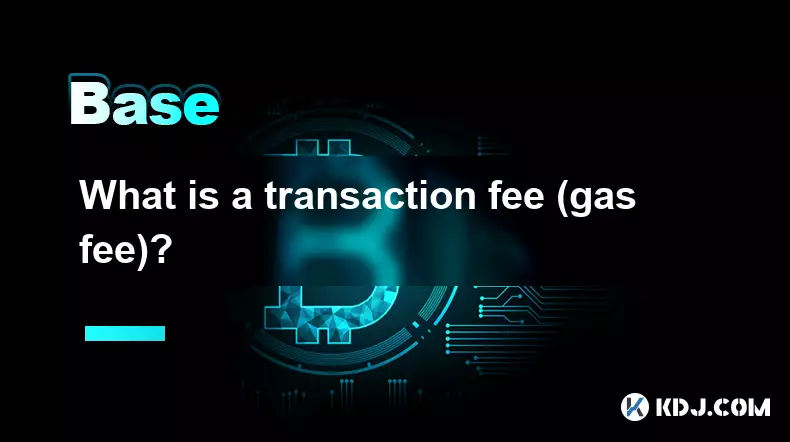
Understanding Transaction Fees in the Cryptocurrency Ecosystem
Transaction fees, commonly referred to as gas fees in blockchain networks like Ethereum, are payments made by users to compensate for the computing energy required to process and validate transactions on a blockchain. These fees serve as an incentive for network participants, particularly miners or validators, to include transactions in blocks. Without these fees, the decentralized structure of most blockchains would struggle to maintain security and efficiency.
Each action on a blockchain—sending tokens, interacting with smart contracts, or deploying decentralized applications—consumes computational resources. The complexity of the operation directly affects how much gas is required. Simple transfers use less gas, while executing intricate smart contract functions may demand significantly more. Users must pay both a base fee, which is burned, and a priority fee, which goes to the validator.
How Gas Fees Are Calculated
1. Gas fees are determined by two primary components: gas limit and gas price. The gas limit is the maximum amount of gas a user is willing to spend on a transaction, acting as a safety cap. If the execution exceeds this limit, the transaction fails, but the gas is still consumed.
2. The gas price is denominated in small units of cryptocurrency—gwei on Ethereum—and reflects how much a user is willing to pay per unit of gas. During periods of high network congestion, users often increase their gas prices to outbid others and ensure faster confirmation.
3. Total transaction cost equals the gas used multiplied by the gas price. For example, if a transaction uses 21,000 units of gas and the gas price is 50 gwei, the total fee amounts to 1,050,000 gwei, or 0.00105 ETH.
4. Dynamic pricing mechanisms, such as Ethereum’s EIP-1559, have introduced a base fee that adjusts automatically based on network demand. This helps stabilize transaction costs and makes fee prediction more transparent for users.
5. Some layer-2 solutions and alternative blockchains offer lower gas fees by processing transactions off the main chain or using more scalable consensus mechanisms, making them attractive for high-frequency trading or microtransactions.
The Role of Miners and Validators
1. In proof-of-work systems, miners select transactions from the mempool based on the offered gas price. Higher-paying transactions receive priority, leading to a competitive bidding environment during peak usage times.
2. Validators in proof-of-stake networks, such as post-Merge Ethereum, follow similar principles. They are rewarded with the priority fee (tip) for including specific transactions, ensuring continued participation and network integrity.
3. The burning of the base fee reduces the circulating supply of the native token, introducing a deflationary mechanism that can influence long-term token value.
4. Network spam attacks are deterred by requiring gas fees, preventing malicious actors from flooding the blockchain with low-cost or meaningless operations.
5. Decentralized exchanges and NFT marketplaces often provide gas estimators, helping users set appropriate fees without overpaying or facing delays due to underpricing.
Strategies to Manage High Gas Costs
1. Users can monitor real-time gas trackers to schedule transactions during off-peak hours when network activity is lower, significantly reducing fees.
2. Wallet interfaces like MetaMask allow manual adjustment of gas settings, giving advanced users control over speed versus cost trade-offs.
3. Layer-2 scaling solutions such as Arbitrum, Optimism, and zkSync process transactions off-chain and submit batched proofs to the mainnet, drastically cutting individual transaction costs.
4. Alternative blockchains like Binance Smart Chain, Polygon, or Avalanche offer compatible environments with lower throughput limitations and reduced fees, appealing to cost-sensitive applications.
5. Batch processing of multiple actions into a single smart contract call minimizes redundant computations and consolidates fees, commonly used in DeFi protocols and DAO governance tools.
Frequently Asked Questions
What happens to gas fees after they are paid?Gas fees consist of two parts: the base fee is permanently burned, removing it from circulation, while the priority fee (or tip) is awarded to the validator who includes the transaction in a block.
Can a transaction succeed if the gas limit is too low?No. If the gas limit is insufficient to complete the computation, the transaction will fail and revert any changes. However, the gas used up to that point is still deducted from the sender’s balance.
Why do gas fees spike during NFT minting events?NFT drops often attract thousands of users simultaneously attempting to mint tokens. This surge in demand overwhelms network capacity, forcing users to bid higher gas prices to get their transactions processed quickly.
Are gas fees the same across all blockchains?No. Different blockchains use varying consensus models and scalability features. For instance, Ethereum typically has higher fees due to congestion, while chains like Solana or Fantom maintain consistently low fees through optimized architectures.
Disclaimer:info@kdj.com
The information provided is not trading advice. kdj.com does not assume any responsibility for any investments made based on the information provided in this article. Cryptocurrencies are highly volatile and it is highly recommended that you invest with caution after thorough research!
If you believe that the content used on this website infringes your copyright, please contact us immediately (info@kdj.com) and we will delete it promptly.
- Bitwise, Hyperliquid ETF, and Perp DEXs: A New Era in Crypto Trading?
- 2025-09-26 12:25:15
- Ozak AI Price Prediction: Analyst Bull Case for $5 by 2026?
- 2025-09-26 12:25:15
- Bitcoin Price Wobbles: Support Failure and Trader Sentiment in the Mix
- 2025-09-26 12:45:16
- Dogecoin, Memecoins, and the Bull Cycle: Are We Still Barking Up the Right Tree?
- 2025-09-26 12:45:16
- Plasma Ignites DeFi: A New Dawn for Stablecoins and TVL?
- 2025-09-26 12:50:01
- Crypto Tax, Senate Showdown, and Trump Relief: What's the Deal?
- 2025-09-26 12:30:01
Related knowledge
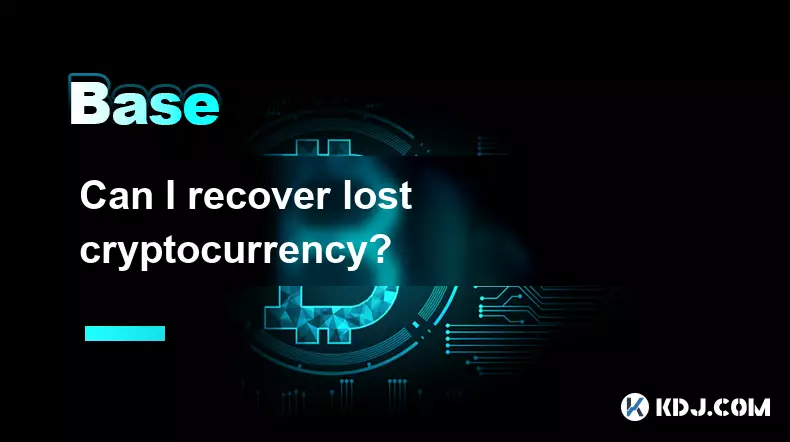
Can I recover lost cryptocurrency?
Sep 25,2025 at 08:18am
Understanding the Nature of Cryptocurrency Loss1. Cryptocurrency operates on decentralized networks, meaning there is no central authority to reverse ...
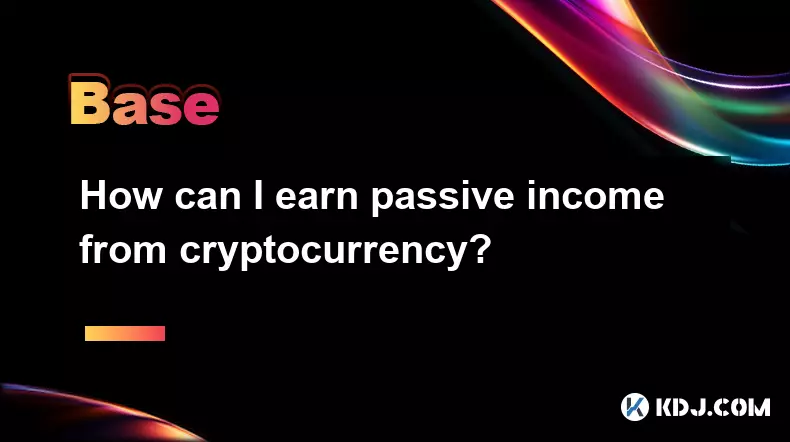
How can I earn passive income from cryptocurrency?
Sep 23,2025 at 10:18am
Staking Cryptocurrencies for Regular Returns1. Many blockchain networks operate on a proof-of-stake (PoS) consensus mechanism, allowing users to earn ...

What are gas fees in cryptocurrency transactions?
Sep 26,2025 at 02:00am
Understanding Gas Fees in Blockchain Transactions1. Gas fees are payments made by users to compensate for the computing energy required to process and...
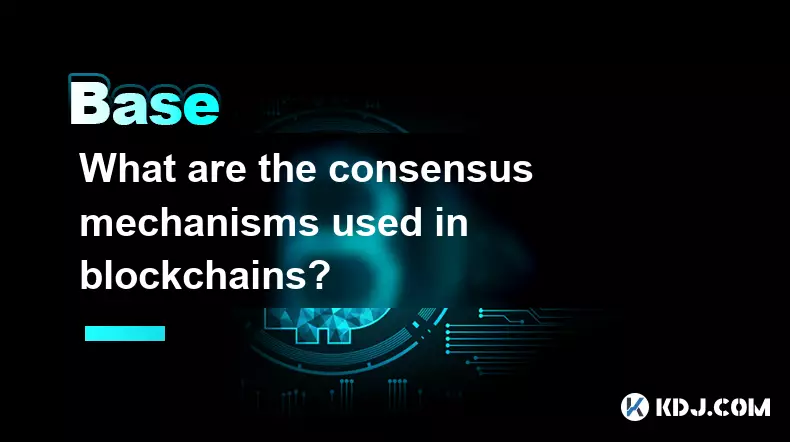
What are the consensus mechanisms used in blockchains?
Sep 24,2025 at 10:00am
Proof of Work and Its Role in Blockchain Security1. Proof of Work (PoW) is one of the earliest consensus mechanisms, first implemented by Bitcoin. Min...
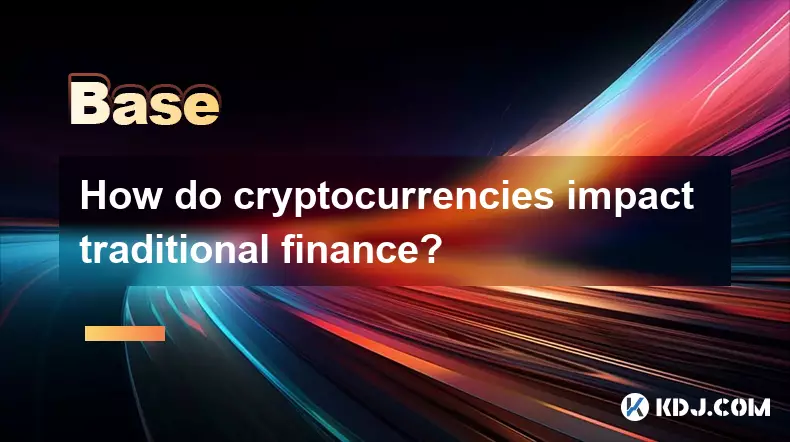
How do cryptocurrencies impact traditional finance?
Sep 26,2025 at 05:54am
Disruption of Centralized Banking Systems1. Cryptocurrencies challenge the authority of central banks by offering decentralized alternatives to fiat c...

Is there a finite supply of Bitcoin?
Sep 23,2025 at 06:00am
Bitcoin's Fixed Supply Mechanism1. Bitcoin was designed with a hard cap of 21 million coins, making its supply finite and predictable. This limit is h...

Can I recover lost cryptocurrency?
Sep 25,2025 at 08:18am
Understanding the Nature of Cryptocurrency Loss1. Cryptocurrency operates on decentralized networks, meaning there is no central authority to reverse ...

How can I earn passive income from cryptocurrency?
Sep 23,2025 at 10:18am
Staking Cryptocurrencies for Regular Returns1. Many blockchain networks operate on a proof-of-stake (PoS) consensus mechanism, allowing users to earn ...

What are gas fees in cryptocurrency transactions?
Sep 26,2025 at 02:00am
Understanding Gas Fees in Blockchain Transactions1. Gas fees are payments made by users to compensate for the computing energy required to process and...

What are the consensus mechanisms used in blockchains?
Sep 24,2025 at 10:00am
Proof of Work and Its Role in Blockchain Security1. Proof of Work (PoW) is one of the earliest consensus mechanisms, first implemented by Bitcoin. Min...

How do cryptocurrencies impact traditional finance?
Sep 26,2025 at 05:54am
Disruption of Centralized Banking Systems1. Cryptocurrencies challenge the authority of central banks by offering decentralized alternatives to fiat c...

Is there a finite supply of Bitcoin?
Sep 23,2025 at 06:00am
Bitcoin's Fixed Supply Mechanism1. Bitcoin was designed with a hard cap of 21 million coins, making its supply finite and predictable. This limit is h...
See all articles










































































